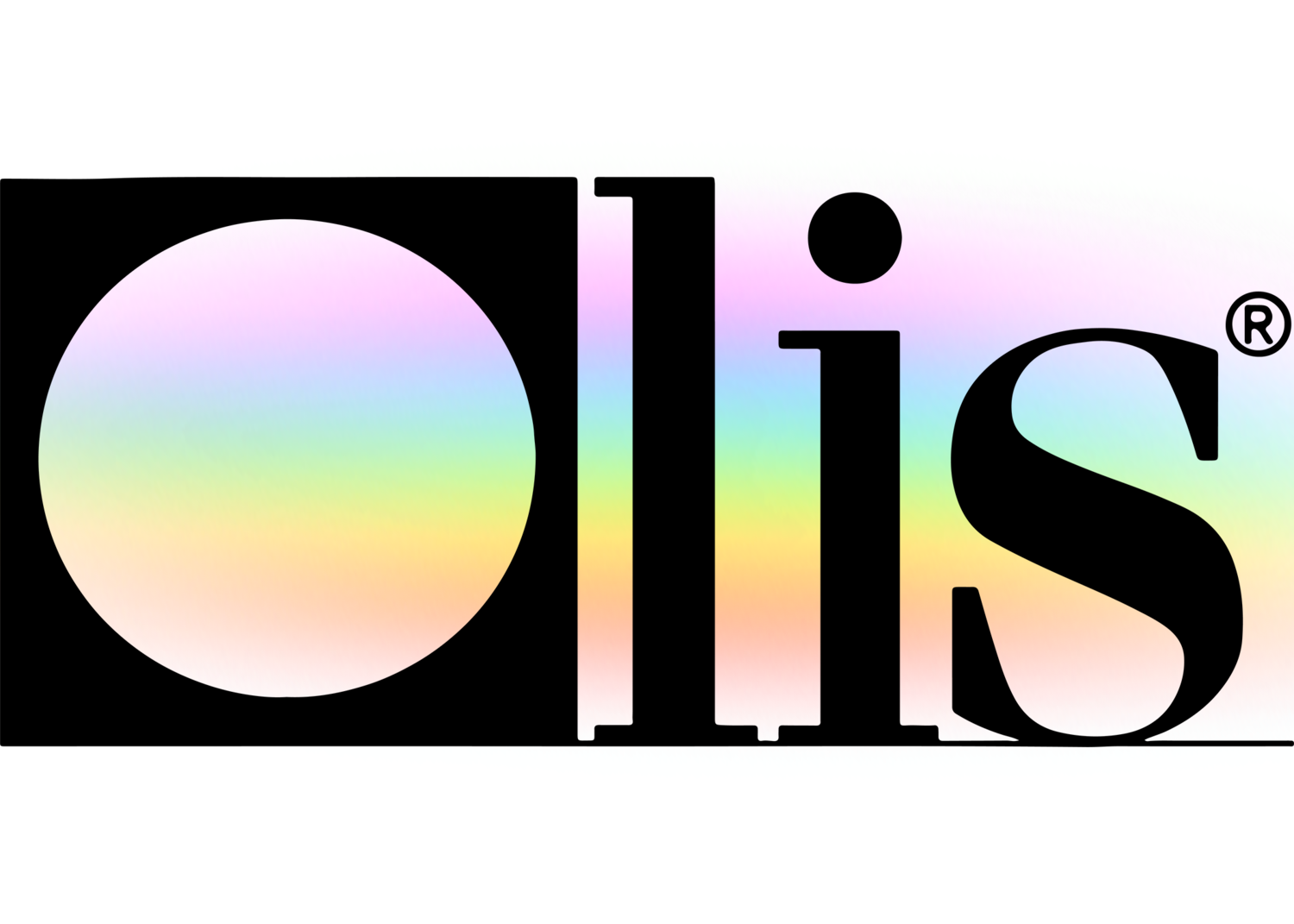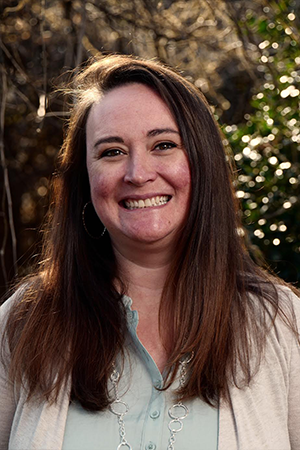Uv/vis Things To Know Before You Buy
Uv/vis Things To Know Before You Buy
Blog Article
The Facts About Circular Dichroism Uncovered
Table of ContentsThe Ultimate Guide To Uv/visUv/vis Fundamentals Explained4 Simple Techniques For Circular DichroismOur Uv/vis/nir PDFsThe 6-Minute Rule for Circular DichroismA Biased View of Uv/visThe Only Guide to Circularly Polarized LuminescenceThe Circular Dichroism DiariesUnknown Facts About Circular DichroismThe 6-Second Trick For Uv/vis/nirIndicators on Uv/vis You Need To KnowEverything about Uv/visThe 10-Second Trick For Spectrophotometers
It is then scanned through the sample and the reference options. Portions of the event wavelengths are sent through, or reflected from, the sample and the referral. The resultant light strikes the photodetector device, which compares the relative intensity of the two beams. Electronic circuits transform the relative currents into direct transmission percentages and/or absorbance/concentration values.The transmission of a recommendation substance is set as a standard (information) worth, so the transmission of all other compounds are tape-recorded relative to the preliminary "zeroed" compound. The spectrophotometer then transforms the transmission ratio into 'absorbency', the concentration of particular parts of the test sample relative to the preliminary compound.
Since samples in these applications are not readily offered in large quantities, they are especially matched to being examined in this non-destructive method. In addition, precious sample can be saved by using a micro-volume platform where as little as 1u, L of sample is needed for total analyses. A quick description of the treatment of spectrophotometry consists of comparing the absorbency of a blank sample that does not include a colored substance to a sample that includes a colored compound.
Some Of Circular Dichroism
In biochemical experiments, a chemical and/or physical property is picked and the procedure that is used specifies to that property in order to derive more info about the sample, such as the amount, pureness, enzyme activity, and so on. Spectrophotometry can be used for a number of methods such as figuring out ideal wavelength absorbance of samples, determining ideal p, H for absorbance of samples, figuring out concentrations of unidentified samples, and determining the p, Ka of different samples.: 21119 Spectrophotometry is also a handy procedure for protein filtration and can also be used as a technique to create optical assays of a compound.
It is possible to know the concentrations of a two component mixture using the absorption spectra of the standard solutions of each component. To do this, it is necessary to know the termination coefficient of this mix at 2 wave lengths and the termination coefficients of services that include the recognized weights of the two components.

Fascination About Circular Dichroism
Region. The concentration of a protein can be estimated by measuring the OD at 280 nm due to the existence of tryptophan, tyrosine and phenylalanine.
This technique needs a spectrophotometer capable of measuring in the UV region with quartz cuvettes.: 135 Ultraviolet-visible (UV-vis) spectroscopy includes energy levels that thrill electronic transitions. Absorption of UV-vis light excites particles that are in ground-states to their excited-states.
20. 8 O.D. Ink producers, printing companies, fabrics vendors, and a lot more, require the data supplied through colorimetry. They take readings in the region of every 520 nanometers along the visible area, and produce a spectral reflectance curve or a data stream for alternative discussions. These curves can be utilized to test a new batch of colorant to examine if it makes a match to specs, e.
About Circular Dichroism
Conventional visible region spectrophotometers can not spot if a colorant or the base material has fluorescence. This can make it challenging to manage color issues if for example one or more of the printing inks is fluorescent. Where a colorant consists of fluorescence, a bi-spectral fluorescent spectrophotometer is utilized (https://www.bark.com/en/us/company/olis-clarity/96z8l/). There are two major setups for visual spectrum spectrophotometers, d/8 (round) and 0/45.
Researchers utilize this instrument to measure the amount of compounds in a sample. In the case of printing measurements 2 alternative settings are commonly utilized- without/with uv filter to control much better the result of uv brighteners within the paper stock.
Facts About Uv/vis Revealed
Some applications require little volume measurements which can be performed with micro-volume platforms. As described in the applications section, spectrophotometry can be utilized in both qualitative and quantitative analysis of DNA, RNA, and proteins. Qualitative analysis can be utilized and spectrophotometers are used to tape-record spectra of substances by scanning broad wavelength regions to determine the absorbance homes (the intensity of the color) of the compound at each wavelength.

Rumored Buzz on Circularly Polarized Luminescence
One significant element is the kind of photosensors that are available for different spectral regions, however infrared measurement is also challenging because virtually everything emits IR as thermal radiation, particularly at wavelengths beyond about 5 m. Another problem is that quite a couple of products such as glass and plastic soak up infrared, making it incompatible as an optical medium.
Samples for IR spectrophotometry may be smeared in between 2 discs of potassium bromide or ground with potassium bromide and pressed into a pellet. Where liquid services are to be measured, insoluble silver chloride is used to construct the cell. Spectroradiometers, which run practically like the visible region spectrophotometers, are designed to determine the spectral density of illuminants. 2013. p. 13. Allen, DW; Cooksey, C; Tsai, BK (Nov 13, 2009). "Spectrophotometry". Recovered Dec 23, 2018. Ninfa AJ, Ballou DP, Benore M (2010 ). Essential Lab Techniques for Biochemistry and Biotechnology (second ed.). Hoboken: Wiley & Sons. ISBN 9780470087664. OCLC 488246403. Schwedt G (1997 ). The important guide to analytical chemistry.
Chichester, NY: Wiley. pp. 1617. ISBN 9780471974123. OCLC 36543293. Ninfa AJ, Ballou DP (2004 ). Basic lab techniques for biochemistry and biotechnology. Hoboken: Wiley. p. 66. ISBN 9781891786006. OCLC 633862582. Rendina G (1976 ). Philadelphia, PA: W. B. Saunders Business. pp. 46-55. ISBN 0721675506. OCLC 147990. Oke, J. B.; Gunn, J. E.
The 7-Minute Rule for Uv/vis
"Secondary basic stars for absolute spectrophotometry". The Astrophysical Journal. 266: 713. Bibcode:1983 Ap, J..266..713 O. doi:10. 1086/160817. Ishani, G (2006 ). "The very first commercial UV-vis spectrophotometer". p. 100. Obtained Dec 23, 2018. Simoni, RD; Hill, RL; Vaughan, M; Tabor, H (Dec 5, 2003). "A Timeless Instrument: The Beckman DU Spectrophotometer and Its Creator, Arnold O.
278 (49 ): e1. doi:. ISSN 1083-351X. Beckman, A. O.; Gallaway, W. S.; Kaye, W.; Ulrich, W. F. (March 1977). "History of spectrophotometry at Beckman Instruments, Inc". Analytical Chemistry. 49 (3 ): 280A300A. doi:10. 1021/ac50011a001. "Hewlett Packard: Substance Recognition with HP 8450 A UV Visible Spectrophotometer". Analytical Chemistry. 51 (12 ): 1188A1189A. 1979-10-01.
Ninfa AJ, Ballou DP, Benore M (2015 ). Basic Lab Techniques for Biochemistry and Biotechnology (3, rev. ed.). circularly polarized luminescence. Laboratory Equipment.
The Greatest Guide To Circular Dichroism
"Applied Spectrophotometry: Analysis of a Biochemical Mix". Biochemistry and Molecular Biology Education. Journal of Biochemistry Education.
Things about Uv/vis/nir
U.S. Department of Commerce National Bureau of Standards unique publication; 378. Washington, D.C.: U.S. National Bureau of Standards. p. 2. OCLC 920079.
The process starts with a controlled light that brightens the analyzed sample. In the case of reflection, as this light interacts with the sample, some is taken in or produced. The released light travels to the detector, which is examined, quantified, and presented as industry-standard color scales and indices.
Industry governing bodies generally define particular metrics for particular items, such as Tomato and Coffee indices. The streamlined mathematics looks like this: Where R is the reflection coefficient. All terms are evaluated over the visible spectrum from 400 to 700 nm. When it comes to transmission, when the light connects with the sample, it is either soaked up, shown, or transferred.
Uv/vis for Beginners
Examples include APHA (American Public Health Association) for watercolor and purity analysis, ASTM D1500 for petrochemical color analysis, edible oil indices used in food, and color analyses of beverages. The streamlined mathematics looks like this:. Where T is the transmission coefficient. All terms are evaluated over the visible spectrum from 400 to 700 nm.
Image Credit: Matej Kastelic/ Dr. Arnold J. Beckman and his colleagues at the National Technologies Laboratories first developed the spectrophotometer in 1940. In 1935 Beckman established the business, and the discovery of the spectrophotometer was their most ground-breaking development. Dr. Bruce Merrifield, a Nobel prize-winning biochemist, mentioned that the development of the spectrophotometer was "most likely the most essential instrument ever established towards the development of bioscience." Before the discovery of the spectrophotometer, chemical analyses took weeks to finish, with 25% accuracy.
The Ultimate Guide To Uv/vis/nir
99% accuracy. In time, scientists kept improving the spectrophotometer style to enhance its performance. The UV abilities of the design B spectrophotometer were enhanced by changing the glass prism with a quartz prism. Eventually, the Design DU was developed, consisting of a hydrogen light and other improvements. This instrument was used in industrial labs, clinics, and chemistry and biochemistry departments.
Typically, a spectrophotometer is made up of two instruments, particularly, a spectrometer and a photometer. A fundamental spectrophotometer contains a light source, a monochromator, a collimator for straight light beam transmission, a cuvette to place a sample, and a photoelectric detector.
How Uv/vis/nir can Save You Time, Stress, and Money.
There are various types of spectrophotometers in various shapes and sizes, each with its own purpose or functionality. A spectrophotometer figures out how much light is shown by chemical components. UV/Vis. It measures the distinction in light strength based upon the total amount of light presented to a sample and the amount of light beam that goes through the sample option
A spectrophotometer is utilized to identify the concentration of both colorless and colored solutes in an option. This instrument is used to identify the rate of a reaction.
Report this page